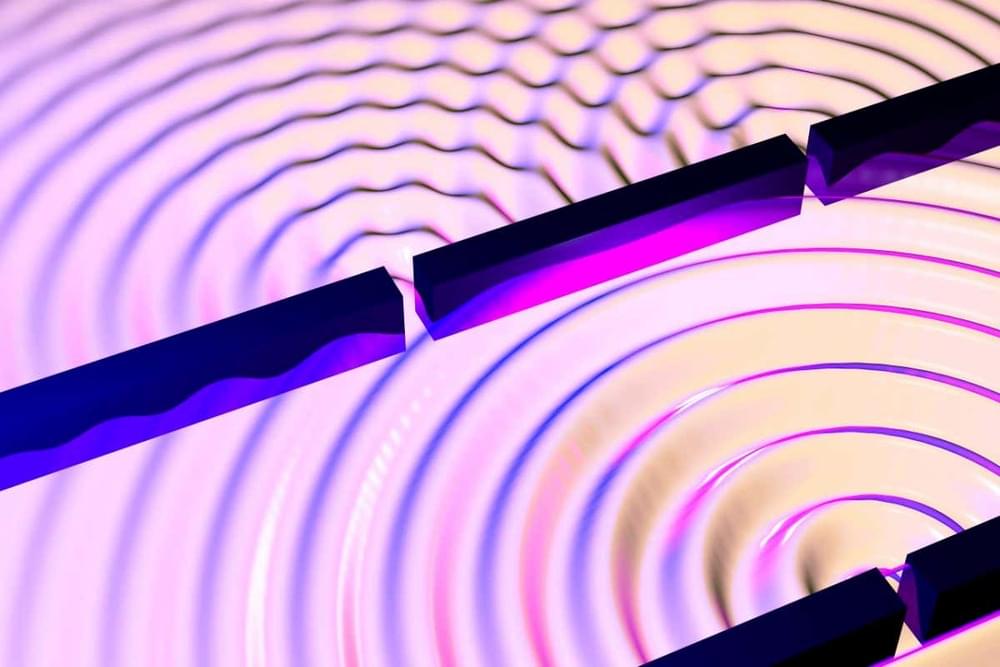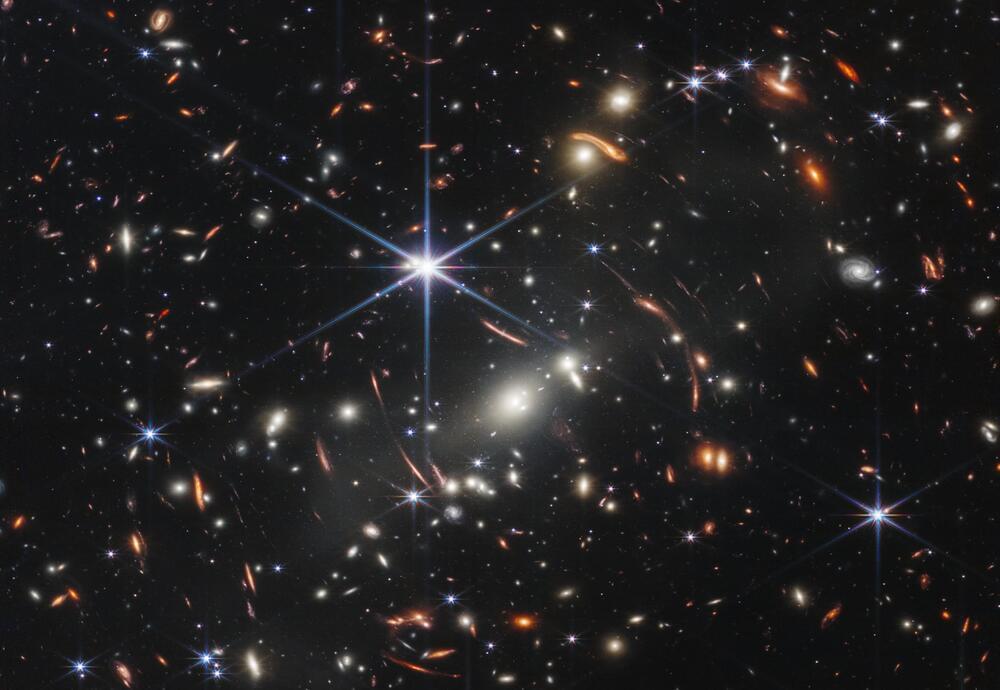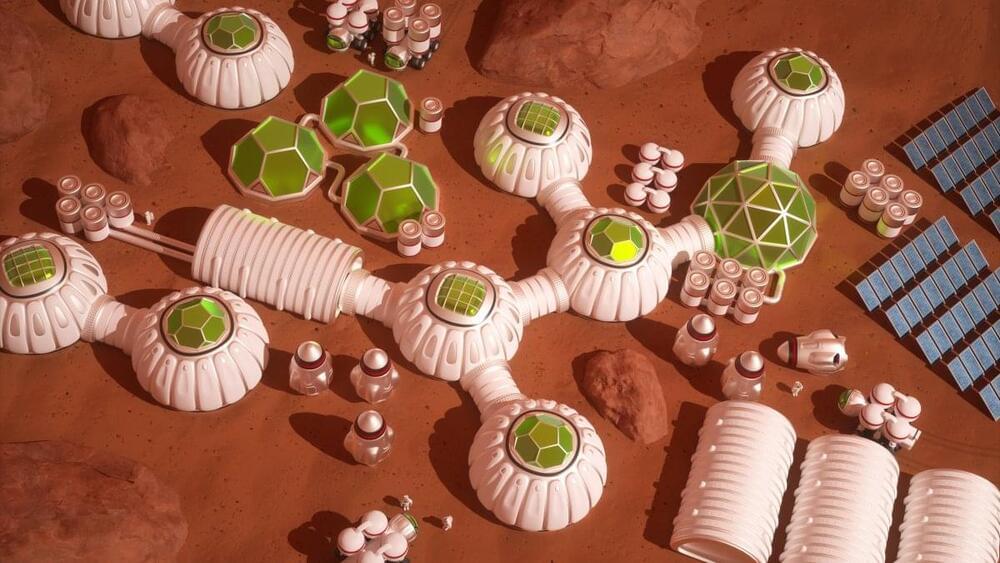View insights.
When talking about quantum physics, people will often nonchalantly say that particles can be in two places at once. Physicist Sabine Hossenfelder explores what is actually going on.


The cancer vaccine project is the latest indication of Amazon’s growing interest in the healthcare sector.
Distinct neuron types in the auditory organ are necessary for encoding different features of sound and relaying them to the brain. Researchers at Karolinska Institutet provide evidence of an early, neuronal activity-independent, emergence of the different subtypes of auditory neurons, prior to birth in mice. The findings have recently been published in Nature Communications.
Distinct neuron types in the auditory organ are necessary for encoding different features of sound and relaying them to the brain. Researchers at Karolinska Institutet provide evidence of an early, neuronal activity-independent, emergence of the different subtypes of auditory neurons, prior to birth in mice. The findings have recently been published in Nature Communications.
Previous studies have provided ambiguous results on whether the different subtypes of auditory neurons emerge during prenatal or postnatal development, with in the latter case, a possible role of neuronal activity in generating their diversity. In this new study, researchers demonstrate that the fate of auditory neuron subtypes is under genetic control in the prenatal period, and reveal the complex molecular networks controlling their genesis.



Two independent groups have experimentally demonstrated surface-code quantum error correction—an approach for remedying errors in quantum computations.
The small robotic crab can walk, bend, twist, turn and jump The smallest-ever remote-controlled walking robot has been created by Northwestern University engineers, and it takes the shape of a tiny, cute peekytoe crab. The tiny crabs, which are about half a millimeter wide, can bend, twist, craw.

The tiny crabs, which are about half a millimeter wide, can bend, twist, crawl, walk, turn, and even leap. Additionally, the scientists created millimeter-sized robots that resemble inchworms, crickets, and beetles. The study is experimental at this time, but the researchers think their technique might move the field closer to developing tiny robots that can carry out useful tasks in small, cramped areas.
The study was recently published in the journal Science Robotics. The same team also unveiled a winged microprocessor in September of last year; it was the tiniest flying object ever created by humans (published on the cover of Nature).
“Robotics is an exciting field of research, and the development of microscale robots is a fun topic for academic exploration,” said John A. Rogers, who led the experimental work. “You might imagine micro-robots as agents to repair or assemble small structures or machines in industry or as surgical assistants to clear clogged arteries, to stop internal bleeding or to eliminate cancerous tumors — all in minimally invasive procedures.”


The architecture and evolution of planetary systems are shaped in part by stellar flybys. Within this context, we look at stellar encounters which are too weak to immediately destabilize a planetary system but are nevertheless strong enough to measurably perturb the system’s dynamical state. We estimate the strength of such perturbations on secularly evolving systems using a simple analytic model and confirm those estimates with direct N-body simulations. We then run long-term integrations and show that even small perturbations from stellar flybys can influence the stability of planetary systems over their lifetime. We find that small perturbations to the outer planets’ orbits are transferred between planets, increasing the likelihood that the inner planetary system will destabilize.
